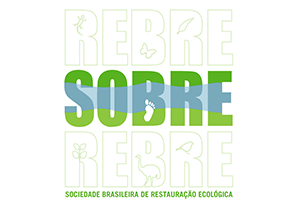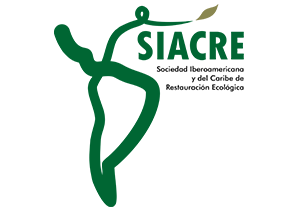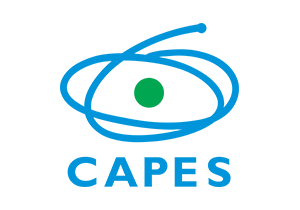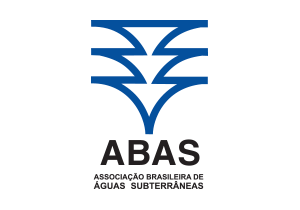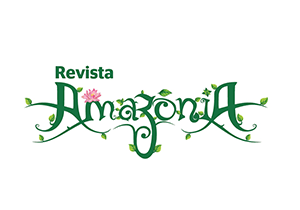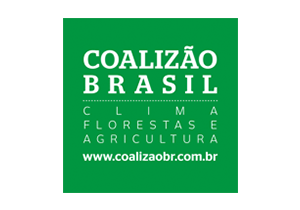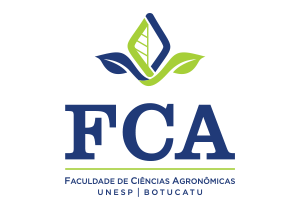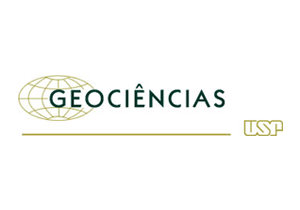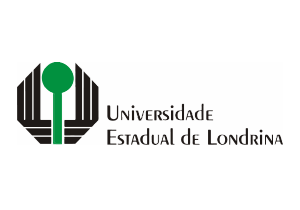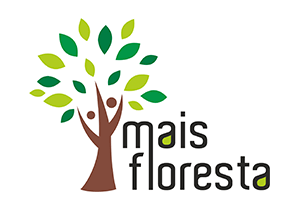Useful resources
- Best Non Gamstop Casinos Uk
- Casino Non Aams
- Casino Sites Not On Gamstop
- Melhores Casinos Online
- Bitcoin Casinos
- Casino Sites Not On Gamstop
- Non Gamstop Casino Sites UK
- Non Gamstop Casino UK
- Non Gamstop Casinos
- Non Gamstop Betting Sites
- Online Casino
- Non Gamstop Casino Sites UK
- オンラインカジノ
- Casino Not On Gamstop
- Casino Not On Gamstop
- Non Gamstop Casinos UK
- Casino En Ligne France
- Non Gamstop Casino Sites UK
- UK Online Casinos Not On Gamstop
- Casinos Not On Gamstop
- Best Betting Sites Not On Gamstop
- Siti Casino Online Non Aams
- UK Casino Sites Not On Gamstop
- Migliori Siti Casino Non Aams
- UK Casino Not On Gamstop
- Casino Non Aams
- Top 10 Casino En Ligne Belgique
- オンカジ スロット
- 本人確認不要 オンラインカジノ
- 카지노게임사이트
VII World Conference on Ecological Restoration
V Congreso Iberoamericano y del Caribe de Restauración Ecológica
I Conferência Brasileira de Restauração Ecológica
Foz do Iguassu, Brazil | August 27 - September 1, 2017
- About
- SER2017 App
- Program
- Program book (PDF)
- Book of abstracts (PDF)
- Schedule at a glance
- Oral presentations
- Poster presentation
- Information for Presenters
- Keynote Speakers
- Themes
- Call for Abstracts (Closed)
- Call for Proposals (Closed)
- Training courses
- In-conference Field Trips
- Pre-conference Field Trips
- Post-conference Field Trips
- Take Part
- Hotels & Air Travel
- Practical Info
- Sponsors & Exhibitors
- Help Promote SER2017
- About
- SER2017 App
- Program
- Program book (PDF)
- Schedule at a glance
- Book of abstracts (PDF)
- Oral presentations
- Poster presentation
- Information for Presenters
- Keynote Speakers
- Themes
- Call for Abstracts (Closed)
- Call for Proposals (Closed)
- Training courses
- In-conference Field Trips
- Pre-conference Field Trips
- Post-conference Field Trips
- Take Part
- Hotels & Air Travel
- Practical Info
- Sponsors & Exhibitors
- Help Promote SER2017
Visit Brazil
Brazil is known worldwide by its mega biodiversity and emblematic biomes like the Amazon Rainforest, the Atlantic Moist Forest, the Pantanal wetlands, the “Caatinga” dry forests, the “Cerrado” savannas, the Araucaria (Brazilian pine tree) subtropical forest and the “Pampas” grasslands. Many parks and natural areas in those regions can be visited, were people can have an exciting experience. Brazil is also a country known by its friendly people, by a rich and diverse culture, amazing food, music and other artistic manifestations. The Conference will be offering different options for post-conference tours to many of those areas. Please refer to this webpage to check for updates.
Foz do Iguassu

Iguaçu Falls located on the border of the State of Parana, is one of the most famous attractions in all of Brazil. The 275 massive waterfalls are divided between Argentina and Brazil, and provide vastly different views and experiences depending on what side they are viewed from. Within the surrounding city of Foz do Iguaçu, the main tourist attractions go hand-in-hand with the exuberant scenery provided by nature. In the "Land of the Falls", visitors can revel in the splendor of the natural forests, rivers and lakes, as well as the world's largest hydroelectric work, the Itapúa Dam. Travelers also have the unique opportunity to experience the falls and attractions not only in Brazil, but in Ciudad Del Este (Paraguay) and Puerto Iguazú (Argentina) as well.
Manaus

Manaus is the capital of Brazil's largest state Amazonas, and is located in the Northwest of the country. It is an ideal starting point when visiting the rest of the Amazon region. Tour boats leave Manaus to see the Meeting of the Waters, where the black waters of the Negro River meet the white waters of the Solimões River, flowing side by side without mixing for several miles. Visitors can also explore riverbanks and streams, swim and canoe in placid lakes or simply walk in the lush forest. Those in search of real adventures may even choose to go deep into the jungle and experience the Brazilian Amazon and all its flora and fauna face-to-face.
Rio de Janeiro

A cosmopolitan metropolis, known worldwide for its scenic beauty and its natural resources, the city provides a harmonious and agreeable environment for its inhabitants and visitors, for both leisure and work, which combined with its infrastructure, makes Rio an important center for commerce and services, with the advantage of a modern and diversified industrial sector. The City of Rio de Janeiro recognizes that one of its main virtues is the kindness and hospitality with which its residents welcome all visitors.
The City of Rio de Janeiro has an ample infrastructure of tourism services, which is ranked among the top destinations in the world in reception for cultural, commercial, technical and scientific events – fairs, symposia, congresses, conventions and exhibitions. Its exuberant natural resources include 90 Km of beaches, the Tijuca National Park, which includes the largest urban forest in the world, with 3,200 hectares of Atlantic Forest, the State Parks of Pedra Branca, Desengano and Chacrinha, covering an area of 48.500 hectares, and the Rodrigo de Freitas, Jacarepaguá, Camorim, Tijuca and Marapendi lakes and lagoons.
Salvador

First capital of Brazil Salvador was a major place for the slave trade and is now a thriving center of Afro-Brazilian life. Salvador is considered the country's soul and the birthplace of Brazilian culture. The local cuisine, music, dance and vibrant visual arts are all testaments to the pervasive African influence. As one of Brazil's great historical destinations, the city is filled with churches, homes and forts that reflect stunning Portuguese architecture from the Baroque period. Outside the city lie some of Northeastern Brazil's most pristine beaches, including the renowned Praia do Forte and Costa do Sauípe. Considered Brazil's most artistic city, Salvador has a lively art scene and its streets are filled with dance and music all year round.
Bonito

Located 330 km from the city of Campo Grande (capital of Mato Grosso do Sul) Bonito is a paradise of crystalline waters, with exuberant and preserved fauna and flora. The city has many options for tours and sightseeing. Diving in the Sucuri river, named after the Sucuri Snake due to its winding shape, has astonished travelers from all over the world: it is an unforgettable aquatic festival in a calm downstream drift of 2 km. Gruta do Lago Azul ("Blue Lake Cave") is believed to have a subterranean river supplying the lagoon, and nobody knows for sure when its water flows; São Geraldo Farm from where it is possible to trail through the primary gallery forest by the Mimoso River and experience the density and energy of some of the great woodland of Mato Grosso do Sul at first hand. This and many other great tour options, can visitors find and enjoy in Bonito!
Porto de Galinhas

Located 70 kilometers from Recife Porto de Galinhas is full of breathtaking scenery. Along with the transparent warm-water pools, the coast provides beaches with perfect waves for surfing. The city also has interesting historical points - the center was formerly a landing port in the days of the slave trade, and is now a small fishing village with rustic houses, lively bars, exquisite restaurants and nightclubs.


